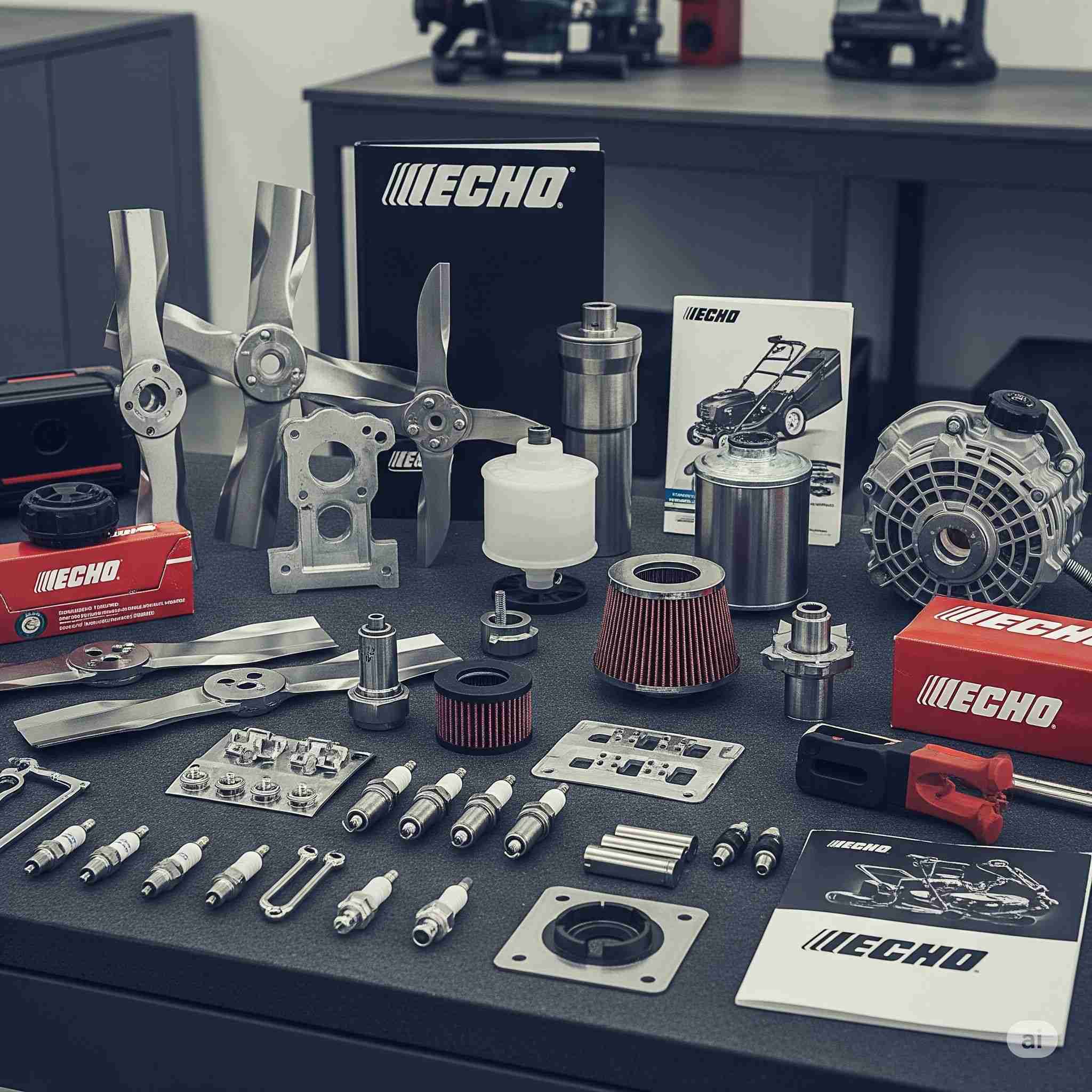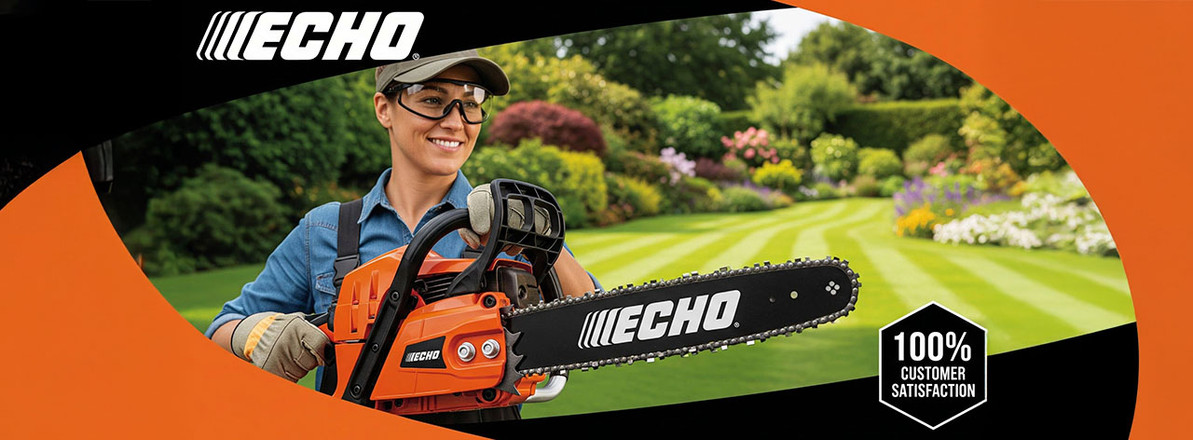Echo Lawnmowers: Everything you need to know
If you're conducting research on outdoor power equipment, you've probably asked: Who makes Echo Lawnmowers parts? Perhaps you've also asked where Echo tools are made. These are relevant questions, especially if you're trying to choose efficient, durable tools for your business or lawn. This guide examines Echo's history of manufacturing, product longevity, and where to find Echo OEM equipment today.
Key Takeaways
- Who makes Echo chainsaws?
- Where are Echo items produced?
- Echo lawnmowers and chainsaws are designed with durability, efficiency, and low maintenance in mind.
- Utilizing authentic OEM parts guarantees the long-term wellness and productivity of your equipment.
Who Makes Echo Engine Parts and Tools?
All Echo-branded outdoor tools are manufactured by Yamabiko Corporation, a global Japanese corporation. Yamabiko was formed in 2008 by the merging of two tradition-based brands: Shindaiwa and Kioritz. Both contributed decades of engine technology and ingenuity.
In North America, the Echo brand is supported by Echo Incorporated, an Illinois corporation. They handle R&D, assembly, and customer support for the continent.

ECHO offers a broad range of lawnmowers and tools for consumers and pros alike. Their line includes:
- Battery mowers: lightweight, quiet, zero direct emissions—the ideal solution for easy and green lawn care.
- Gas mowers: such as the LM-3022SP with a Briggs & Stratton engine, ReadyStart, and a 3-in-1 discharge.
- Robotic mowers: fully autonomous, powerful, and capable of maintaining turf day or night with minimal maintenance.
ECHO also provides a full line of lawn care equipment with a focus on performance, reliability, and ease of use. If you're already using ECHO equipment and need to replace parts like blades, filters, or trimmer heads, we offer a full selection of OEM replacements to keep your tools working like new.

Equipment is distributed by over 6,000 dealers throughout the nation, and by The Home Depot and other big box retailers. ECHO continues to invest in product innovation with fresh models launching in 2025.
So if one would inquire "who makes Echo?", the appropriate answer would be: Echo is made and developed by Yamabiko Corporation, whereas Echo Incorporated carries on local business in the U.S.
Where are the Echo Tools made?
The Echo parts are made in the USA, precisely in the State of Illinois, in the city of Lake Zurich. Echo tools' most popular ones are chainsaws, trimmers, blowers, and of course, lawnmowers.
Why OEM Parts Matter for Echo Lawnmowers
OEM stands for Original Equipment Manufacturer; OEM indicates the part was made by the original maker, rather than a third-party label. They are the same parts that were included with the product when the item was new.
They're built to meet the exact specs, materials, and operations of the original equipment. People Choose OEM Parts because:
- Consistent Quality: Since they're made by the same manufacturer, the quality is what you already know you have.
- Exact Fit: No need to make adjustments. OEM parts fit as they're designed to, right out of the box.
- Peace of Mind: Many OEM parts include a warranty. If something goes wrong, you’re covered—unlike with some generic parts.
- Better Product Performance: The machine or tool works just as it did when new.
- Trusted by Professionals: OEM parts are the standard. When reliability is in issue, the majority will stick with what the original maker had in mind.
OEM parts aren't always the cheapest, but they're often the best long-term value. If you're interested in OEM parts that do the job the first time, last the test of time, and protect your investment, OEM is your solution.
As experienced OEM parts sellers, we know how important it is to use high-quality components specifically designed for your ECHO lawn mower. Visit our store to find trusted lawn mower parts such as filters and replacement parts made to match your exact model.
Recent Posts
-
ECHO Weed Eater Trimmer Line: Installation, Maintenance, and Troubleshooting
ECHO weed eaters are designed to assist you in finishing lawn care fast, neatly, and efficiently. Fr …Jul 17th 2025 -
ECHO Guide For Weed Eaters: Replacing, Performance, and Tips For Maintenance
ECHO is a name you’ll come across often—and for good reason. Known for their durable bui …Jul 17th 2025 -
ECHO vs. STIHL: What You Need to Know Before Choosing a Brand
Echo and STIHL are known for building powerful and reliable tools, but they serve slightly different …Jul 17th 2025




